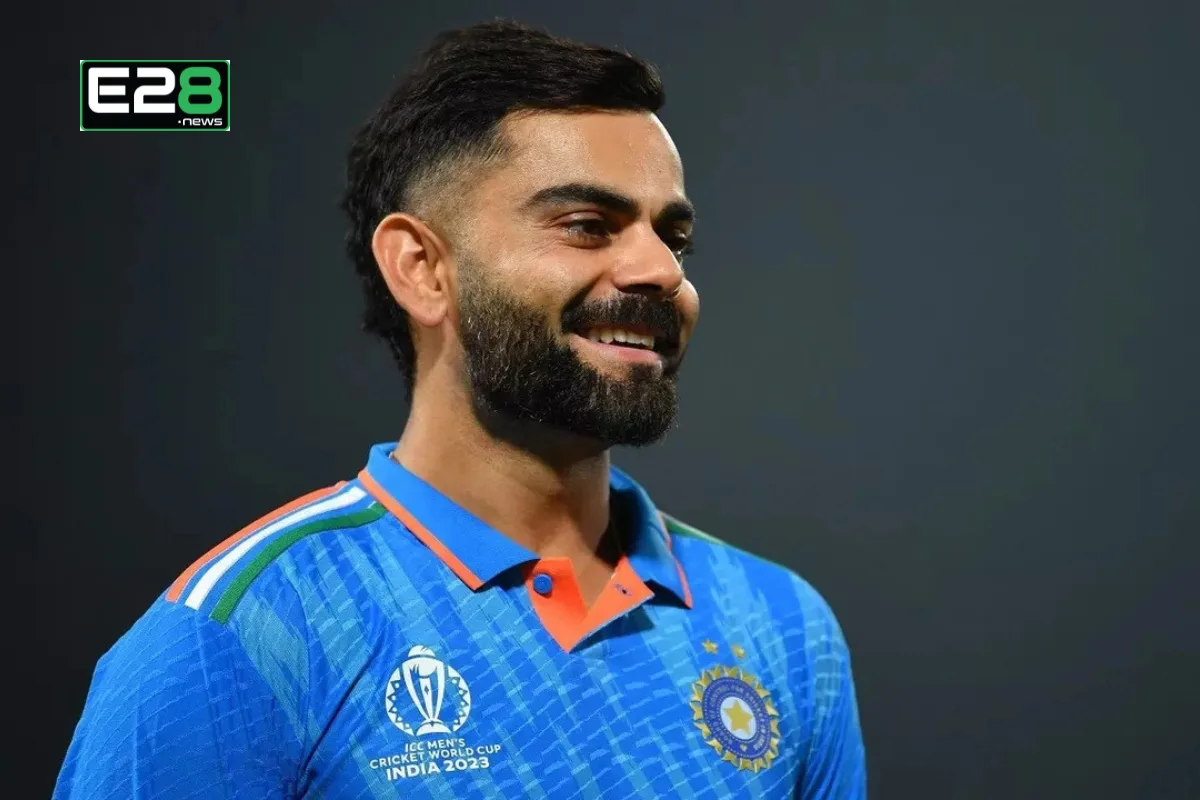Cricket is not just about batting and bowling; it is a game where leadership plays a crucial role in shaping a team’s success. A cricket captain is more than just a player; they are a strategist, motivator, and decision-maker. But what makes a great cricket captain, and how does their leadership impact team performance? Let’s explore the responsibilities, challenges, and qualities required to be a successful cricket captain.
The Responsibilities of a Cricket Captain
Leading On and Off the Field
A captain’s influence extends beyond the game itself. They must manage the team, communicate effectively, and handle the media while maintaining their own performance. Successful cricket captains like MS Dhoni and Ricky Ponting have demonstrated strong leadership both on and off the field.
Setting the Team’s Vision and Goals
A great captain understands team dynamics and sets clear objectives. Whether it’s a Test series, an ODI tournament, or a T20 World Cup, the captain plays a key role in developing strategies that align with the team’s strengths and weaknesses.
Handling Pressure and Decision-Making
One of the biggest challenges for a cricket captain is making quick, tactical decisions under pressure. Whether it’s setting the right field placement or using the Decision Review System (DRS) wisely, a captain’s choices can decide the outcome of a match.
Key Leadership Qualities of a Successful Cricket Captain
Strong Communication Skills
Captains must be excellent communicators, ensuring that strategies are clearly conveyed to teammates. Good communication also helps in resolving conflicts and maintaining harmony within the squad.
Tactical Acumen and Game Awareness
Cricket captains must have a deep understanding of the game. They should be able to analyze opponents, anticipate strategies, and make adjustments during matches.
Ability to Inspire and Motivate
A captain must lead by example, motivating players to perform at their best. Inspirational leaders like Imran Khan and Virat Kohli have set high standards for their teams, pushing them to achieve greatness.
Adaptability and Quick Decision-Making
In modern cricket, captains need to be flexible in their approach. Whether adapting to different formats or handling sudden changes in match conditions, the best cricket captains think on their feet.

The Impact of Captaincy on Team Performance
A cricket captain’s leadership significantly influences team morale and results. Captains who build a strong team culture and foster discipline create an environment where players thrive. The most successful cricket captains manage individual and team performances efficiently, ensuring a balanced and motivated squad.
Strategies for Effective Captaincy in Cricket
- Understanding each player’s strengths and weaknesses
- Making strategic field placements to control runs
- Rotating bowlers effectively to keep the opposition under pressure
- Using technology and analytics for data-driven decisions
Challenges Faced by Cricket Captains
Dealing with Media and Public Scrutiny
Captains are often under intense media pressure. Managing expectations, handling interviews, and dealing with criticism are part of the job.
Managing Team Conflicts and Egos
A captain must handle differences within the team professionally to maintain harmony and unity.
Balancing Leadership with Individual Performance
Many great players struggle with captaincy because of the added responsibilities. Finding a balance between leading the team and focusing on personal performance is a key challenge.
The Role of a Captain in Different Formats of Cricket
Test Cricket: Patience and Long-Term Strategy
Test match captaincy demands patience, endurance, and strategic thinking over five days.
One Day Internationals (ODIs): Balancing Attack and Defense
ODI captains need to strike a balance between aggressive plays and cautious decision-making.
T20 Cricket: Fast Decision-Making and Innovation
With limited overs, T20 captains must make quick, strategic decisions to gain an advantage.
How Captains Handle Losses and Setbacks
Learning from Defeats
Great captains analyze losses to identify areas for improvement, ensuring that setbacks become learning experiences.
Keeping the Team Motivated
After a defeat, a captain must lift the morale of the squad, ensuring they remain confident for future matches.
The Future of Cricket Captaincy
With the increasing role of technology and analytics, the future of cricket captaincy will likely see a blend of instinctive leadership and data-driven decision-making. Emerging leaders in international cricket are expected to bring new innovations to captaincy roles, making the game even more exciting.
Conclusion
Being a cricket captain is more than just wearing the armband; it is about leading by example, making crucial decisions, and inspiring a team to success. Whether it’s in Test cricket, ODIs, or T20s, a great captain plays a vital role in shaping the team’s future. The best captains leave a legacy that influences generations of cricketers to come.
FAQs
Q1. Who is considered the greatest cricket captain of all time?
Ans. While opinions vary, captains like MS Dhoni, Ricky Ponting, and Imran Khan are often regarded among the greatest.
Q2. What is the most difficult aspect of being a cricket captain?
Ans. Balancing personal performance with leadership responsibilities and handling pressure are among the toughest challenges.
Q3. How does captaincy affect a player’s individual performance?
Ans. Some players excel under the added responsibility, while others struggle due to the pressure and expectations.
Q4. Can a good player always be a good captain?
Ans. Not necessarily. Captaincy requires leadership skills beyond just cricketing talent, such as decision-making and motivation.
Q5. How do captains handle on-field controversies and disputes?
Ans. Experienced captains remain calm, use diplomatic communication, and rely on umpires and match referees to handle disputes.
















